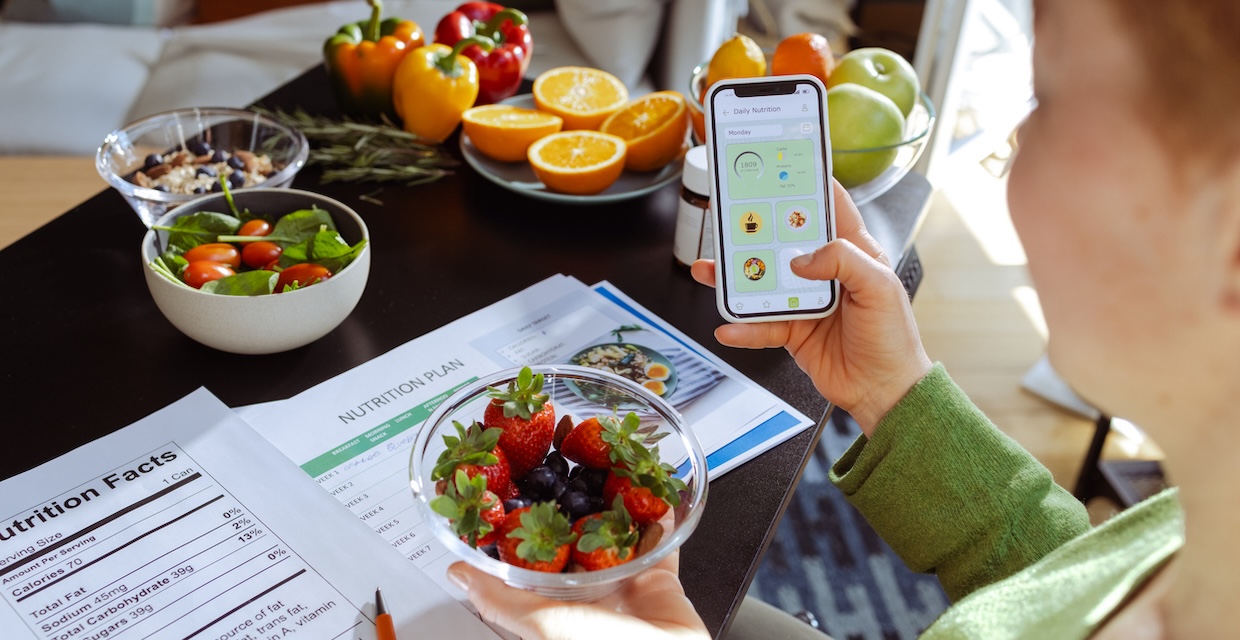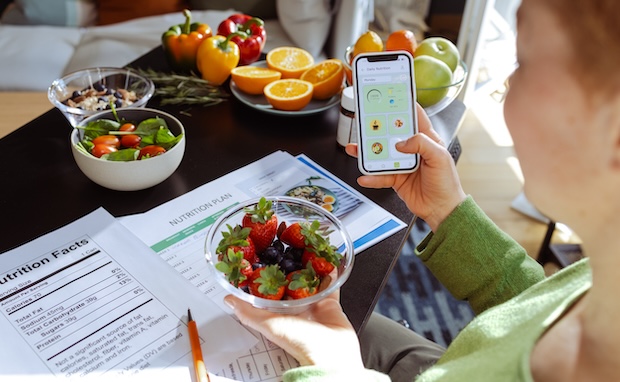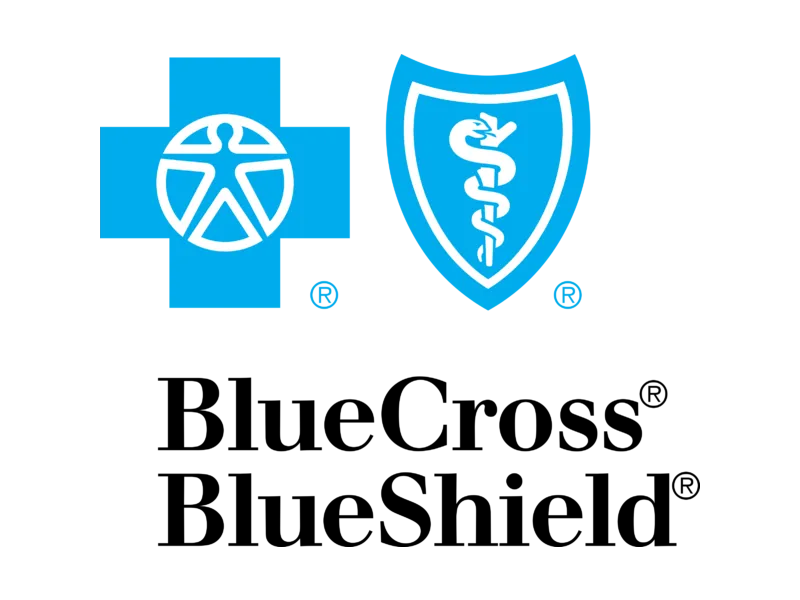Key Points
- Managing kidney disease and diabetes together requires a careful balance of nutrients, particularly protein, carbohydrates, sodium, potassium, and phosphorus.
- Focus on whole, unprocessed foods and use herbs and spices for flavor instead of salt to help manage blood pressure and fluid retention.
- Working with a registered dietitian is crucial to create a personalized, safe, and effective eating plan that fits your specific medical needs and lifestyle.
Feeling overwhelmed trying to figure out what to eat when you’re managing both chronic kidney disease (CKD) and diabetes? You’re not alone. It can feel like you’re navigating a maze of conflicting advice.
Diabetes often calls for plenty of fruits, vegetables, and whole grains, but some of these can be high in potassium or phosphorus, which you may need to limit for your kidneys. On top of that, managing protein intake is a delicate balancing act.
But here’s the good news: it is absolutely possible to eat delicious, satisfying meals that support both your blood sugar goals and your kidney health. This guide is designed to take the guesswork out of your week by providing a sample meal plan and explaining the key principles behind it.
Think of this as your starting point. Let’s dive into how you can nourish your body with confidence.
Why is eating for CKD and diabetes so tricky?
Managing these two conditions through diet can be complicated because their nutritional goals sometimes seem at odds.
- Protein: A diabetes-friendly diet often includes lean protein to help manage hunger and blood sugar. However, in some stages of CKD (especially before dialysis), your doctor may recommend limiting protein to reduce the workload on your kidneys.
- Potassium: Many heart-healthy, high-fiber foods recommended for diabetes, like bananas, oranges, potatoes, and tomatoes, are high in potassium. Damaged kidneys struggle to filter out excess potassium, which can lead to dangerous levels in your blood.
- Phosphorus: Similarly, foods like whole grains, beans, nuts, and dairy are great for diabetes management but are natural sources of phosphorus. When your kidneys can’t remove phosphorus effectively, it can build up and lead to bone and heart problems.
- Carbohydrates: For diabetes, the focus is on the type and amount of carbohydrates to prevent blood sugar spikes. For CKD, the focus is often more on other nutrients, but a renal diet still needs to be carb-conscious to protect your health.
The key is finding the sweet spot where you can meet the needs of both conditions without sacrificing flavor or satisfaction.
Key principles of a kidney & diabetes-friendly diet
Before we get to the meal plan, let’s quickly cover the main goals. A registered dietitian can give you specific targets, but the general principles are:
Control your carbohydrate intake
Instead of avoiding carbs, focus on consistent portions of high-fiber, lower-glycemic options throughout the day to keep blood sugar stable. This includes foods like oats, potatoes, fruit, brown rice, and quinoa. The "plate method" is a great visual tool for this.

Choose high-quality, right-sized protein portions
The amount of protein you need can vary significantly. Research shows that for individuals with CKD who are not on dialysis, a lower protein diet may help slow the progression of the disease. However, if you are on dialysis, your protein needs increase. This is one of the most important reasons to get personalized advice.
Slash the sodium
Limiting sodium is vital for managing blood pressure, which protects both your heart and your kidneys. The goal is usually less than 2,300 milligrams per day. This means cutting back on processed foods and using herbs, spices, vinegar, and citrus for flavor instead of salt.
Pay attention to potassium and phosphorus
This doesn't always mean eliminating foods. “Limiting phosphorous doesn’t mean you can’t eat any more produce,” says Rita Faycurry, RD. “Rather, it means choosing lower-potassium fruits and vegetables more often and being mindful of portion sizes for others.”
You’ll also want to avoid foods with added phosphate additives, which are commonly found in processed meats, fast food, and bottled drinks.
Your sample 7-day meal plan for kidney disease & diabetes
This plan is a template built around these principles. Remember to drink plenty of water throughout the day, as recommended by your healthcare team. Portions should be adjusted based on your specific calorie and nutrient needs.
Day 1
- Breakfast: 1/2 cup oatmeal made with water, topped with 1/2 cup berries (like blueberries or strawberries) and a sprinkle of cinnamon.
- Lunch: Grilled chicken salad made with 3 ounces of grilled chicken breast on a bed of romaine lettuce with sliced cucumbers, red bell peppers, and a light vinaigrette dressing.
- Dinner: 4 ounces baked salmon seasoned with lemon and dill. Serve with 1/2 cup of white rice and a cup of steamed green beans.
Day 2
- Breakfast: 2 scrambled egg whites with chopped onions and bell peppers. Serve with one slice of whole wheat or sourdough toast with unsalted butter.
- Lunch: Leftover baked salmon and green beans.
- Dinner: Turkey burger made with 4 ounces of lean ground turkey on a white bun with lettuce and a slice of onion. Serve with a side of coleslaw made with a vinegar-based dressing.
Day 3
- Breakfast: 1/2 cup low-fat cottage cheese with 1/2 cup of canned peaches (in juice, drained).
- Lunch: Turkey wrap with 3 ounces of low-sodium sliced turkey breast on a low-carb tortilla with lettuce and a thin spread of mayonnaise. Serve with a side of baby carrots.
- Dinner: Chicken stir-fry with 3 ounces of sliced chicken breast sautéed with low-potassium vegetables like cabbage, carrots, and snow peas in a small amount of low-sodium soy sauce and ginger. Serve over 1/2 cup of white rice.
Day 4
- Breakfast: Low-potassium smoothie made with 1/2 cup unsweetened almond milk, 1/2 cup strawberries, and a scoop of renal-friendly protein powder (if recommended by your dietitian).
- Lunch: Leftover chicken stir-fry.
- Dinner: 4 ounces of lean pork chop (trimmed of fat), roasted or grilled. Serve with 1/2 cup of unsweetened applesauce and a cup of roasted asparagus.
Day 5
- Breakfast: 1/2 cup cream of wheat made with water, topped with a drizzle of honey.
- Lunch: Tuna salad sandwich made with 3 ounces of canned tuna (in water, no salt added) with mayonnaise. Serve on two slices of whole wheat bread with lettuce. Enjoy with a small apple.
- Dinner: Shrimp scampi with 4 ounces of shrimp sautéed with garlic in a little olive oil. Serve over 1 cup of spaghetti or other refined pasta. Add a side salad with a simple oil and vinegar dressing.
Day 6
- Breakfast: 1 slice of French toast made with whole wheat bread, egg substitute, and cinnamon. Top with 1/2 cup of raspberries.
- Lunch: Leftover shrimp and pasta.
- Dinner: Roast chicken. 4 ounces of roasted chicken breast (skin removed). Serve with 1/2 cup of mashed cauliflower (instead of potatoes) and a side of steamed cauliflower and broccoli florets.
Day 7
- Breakfast: Omelet made with 2 egg whites and 1/4 cup chopped mushrooms and onions.
- Lunch: Leftover roast chicken on a bed of mixed greens with cucumber and bell peppers.
- Dinner: Beef and veggie skewers made with cubes of lean beef (2-3 ounces) threaded onto skewers with low-potassium vegetables like bell peppers, onions, and zucchini. Grill or broil and serve with 1/2 cup of couscous.
Smart snacking ideas
Feeling hungry between meals? Choose snacks that are low in sodium, potassium, and phosphorus:
- A small apple or a handful of grapes
- Red bell pepper strips
- Unsalted rice cakes with a thin layer of cream cheese
- A handful of unsalted crackers
- Cucumber slices
- A small bowl of berries
- One hard-boiled egg white
Practical tips to make meal planning easier
“Rather than focusing on what to limit, turn your attention to building healthy habits,” says Rita Faycurry, RD. “These habits are what make all the difference, and they can transform limitations into exploration and empowerment instead.”
Read labels
Get in the habit of checking labels for sodium. Also, look for phosphorus in the ingredients list—words with "PHOS" in them are a red flag for additives.
Cook smart
You can reduce the potassium in some vegetables like potatoes, sweet potatoes, carrots, and winter squash by peeling, dicing, and boiling them in a large amount of water. This process is often called "leaching."
Flavor with herbs, not salt
Stock your pantry with salt-free seasoning blends, garlic powder, onion powder, dill, oregano, and black pepper. A squeeze of lemon or lime juice can also brighten up flavors.
Embrace the plate method
For lunch and dinner, visualize your plate. Fill half with non-starchy vegetables, one-quarter with lean protein, and one-quarter with carbohydrates like rice, pasta, or bread. This is a simple way to manage portions and balance macronutrients.
Final thoughts
Adopting a new way of eating for kidney disease and diabetes is a marathon, not a sprint. It takes time to learn new habits, find new favorite foods, and understand how your body responds.
This seven-day meal plan shows that you can still enjoy a variety of delicious and satisfying foods while still supporting your health. The most important step you can take is to partner with a healthcare team that includes a renal dietitian. They can create a truly personalized plan based on your blood work, stage of kidney disease, and personal preferences.
A dietitian who specializes in kidney disease can provide you with specific food lists, help you with meal planning strategies, and offer support when you feel stuck. With the right guidance, you can feel empowered to take control of your health, one balanced plate at a time.
Meet with a dietitian covered by your health insurance today.
Frequently Asked Questions
What is a good breakfast for a diabetic with kidney disease?
A good breakfast should be low in sodium and phosphorus and have a controlled amount of protein and carbohydrates. Great options include oatmeal with berries, scrambled egg whites with low-potassium veggies like peppers and onions, or a slice of white toast with unsalted butter and a small serving of low-fat cottage cheese.
What fruits can I eat with CKD and diabetes?
Focus on fruits that are lower in potassium. Excellent choices include apples, berries (strawberries, blueberries, raspberries), grapes, peaches, plums, and pineapple. It's best to limit or avoid high-potassium fruits like bananas, oranges, cantaloupe, kiwi, and dried fruits. Portion size is still important for managing blood sugar.
Can I still eat bread if I have kidney disease and diabetes?
Yes, you can. It's often recommended to choose white or sourdough bread over whole-wheat bread to limit phosphorus and potassium intake. Pay attention to portion sizes to manage your carbohydrate intake for blood sugar control, and always check the label for sodium content.
How can I add flavor to my food without using salt?
There are many ways to make food taste great without salt! Try using fresh or dried herbs like oregano, basil, dill, and rosemary. Spices like black pepper, cumin, paprika, garlic powder, and onion powder are excellent. A squeeze of fresh lemon or lime juice at the end of cooking can also brighten up the flavor of meats and vegetables.
The views expressed by authors and contributors of such content are not endorsed or approved by Fay and are intended for informational purposes only. The content is reviewed by Fay only to confirm educational value and audience interest. You are encouraged to discuss any questions that you may have about your health with a healthcare provider.
Sources
Fay Nutrition has strict sourcing guidelines and relies on peer-reviewed studies, academic research institutions, and medical associations. We avoid using tertiary references.
- How Much Sodium Is Safe for Kidney Patients? - National Kidney Foundation
- Phosphorus and Your CKD Diet - National Kidney Foundation
- Understanding Carbs - American Diabetes Foundation
- Improvement in Nutritional Status in Patients With Chronic Kidney Disease-4 by a Nutrition Education Program With No Impact on Renal Function and Determined by Male Sex - Journal of Renal Nutrition
- Phosphate Is a Uremic Toxin - Journal of Renal Nutrition











